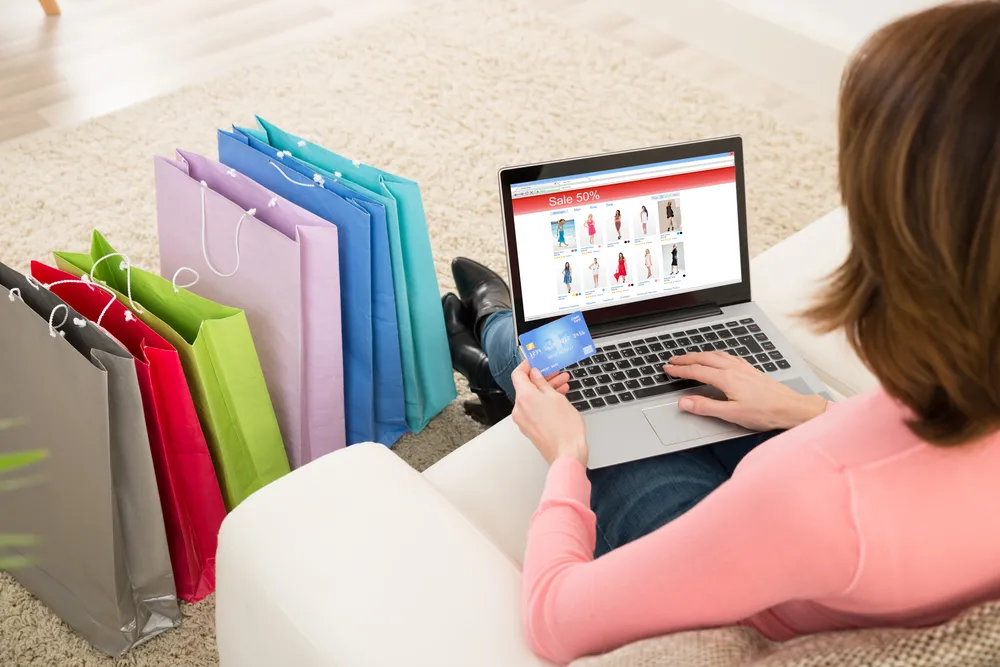Featured
Site Search: The Ultimate Guide to Internal Search
Zohar Gilad
Co-Founder & CEO
December 2, 2024

Top articles

Optimized eCommerce Experience
November 19, 2024
Simplest Way to Add Product Filters to Shopify: Step-By-Step Guide (+Images)

Site Search
November 19, 2024
Can AI Search the Internet? Search Engines, AI Assistants, and Tips for Optimization

Site Search
November 19, 2024
Guide to Shopify Search Bar: Add, Customize, Troubleshoot, Remove, and More














